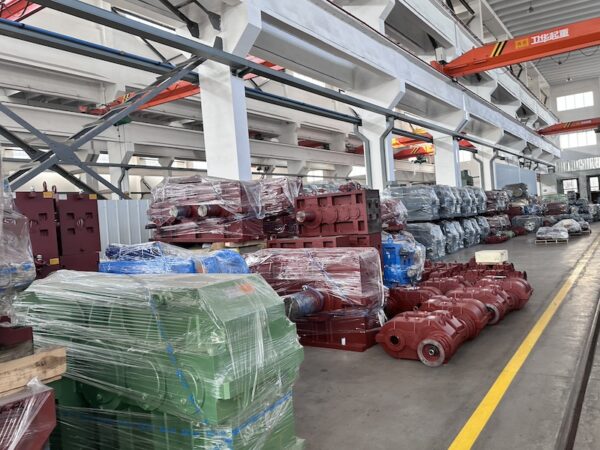with its integrated industrial chain, technological innovation capabilities, rich labor resources, favorable policies, and customer-oriented services, China is well-positioned to continue its upward trajectory in the global reducer export market, bringing high-quality products and solutions to customers around the world.

In recent decades, China has emerged as a significant force in the global reducer market, with its exports demonstrating remarkable competitiveness. There are several key advantages that contribute to China’s strong standing in this regard.
Firstly, China benefits from a comprehensive industrial chain. The reducer manufacturing process involves multiple links, from raw material supply to component processing, assembly, and final testing. In China, a complete and mature industrial ecosystem has been established, ensuring a stable supply of high-quality raw materials like specialty steels. This integrated industrial chain not only shortens production cycles but also reduces costs, allowing Chinese reducer exporters to offer more competitive prices in the international market.
Secondly, Chinese manufacturers have made remarkable strides in technological innovation. They continuously invest in research and development, introducing advanced production technologies and equipment. For instance, the application of precision machining techniques and intelligent manufacturing systems has enhanced the quality and performance of reducers. Many domestic enterprises have developed their own patented technologies, enabling them to produce reducers with higher precision, greater efficiency, and longer service lives, which meet the diverse and stringent requirements of international customers.
Another advantage lies in the rich labor resources. China possesses a large pool of skilled and semi-skilled workers. These professionals have accumulated extensive experience in reducer production over the years, being proficient in various manufacturing processes. Their dedication and craftsmanship contribute to the production of high-quality reducers. Moreover, compared with some developed countries, the relatively lower labor costs in China further enhance the price advantage of exported reducers.
In addition, the Chinese government has been actively promoting international trade and providing strong policy support. It offers incentives for export-oriented enterprises, such as tax rebates and subsidies for technological upgrading. These policies encourage reducer manufacturers to expand their overseas markets, improve product quality, and enhance international competitiveness.
Furthermore, Chinese reducer exporters have been focusing on building strong customer relationships. They provide excellent after-sales services, including timely technical support and spare part supply. This customer-centric approach helps to establish long-term cooperation with international clients, enhancing brand reputation and loyalty in the global market.
In conclusion, with its integrated industrial chain, technological innovation capabilities, rich labor resources, favorable policies, and customer-oriented services, China is well-positioned to continue its upward trajectory in the global reducer export market, bringing high-quality products and solutions to customers around the world.